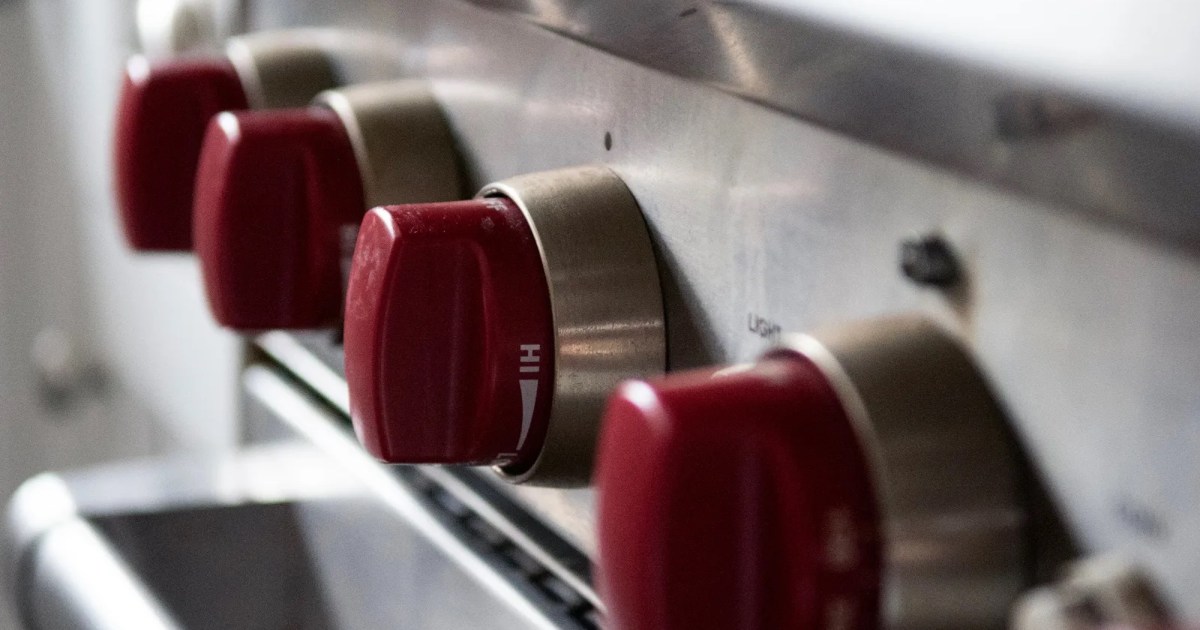Highlights: A study this summer found that using a single gas stove burner on high can raise levels of cancer-causing benzene above what’s been observed from secondhand smoke.
A new investigation by NPR and the Climate Investigations Center found that the gas industry tried to downplay the health risks of gas stoves for decades, turning to many of the same public-relations tactics the tobacco industry used to cover up the risks of smoking. Gas utilities even hired some of the same PR firms and scientists that Big Tobacco did.
Earlier this year, an investigation from DeSmog showed that the industry understood the hazards of gas appliances as far back as the 1970s and concealed what they knew from the public.
It’s a strategy that goes back as far back as 1972, according to the most recent investigation. That year, the gas industry got advice from Richard Darrow, who helped manufacture controversy around the health effects of smoking as the lead for tobacco accounts at the public relations firm Hill + Knowlton. At an American Gas Association conference, Darrow told utilities they needed to respond to claims that gas appliances were polluting homes and shape the narrative around the issue before critics got the chance. Scientists were starting to discover that exposure to nitrogen dioxide—a pollutant emitted by gas stoves—was linked to respiratory illnesses. So Darrow advised utilities to “mount the massive, consistent, long-range public relations programs necessary to cope with the problems.”
These studies didn’t just confuse the public, but also the federal government. When the Environmental Protection Agency assessed the health effects of nitrogen dioxide pollution in 1982, its review included five studies finding no evidence of problems—four of which were funded by the gas industry, the Climate Investigations Center recently uncovered.
Karen Harbert, the American Gas Association’s CEO, acknowledged that the gas industry has “collaborated” with researchers to “inform and educate regulators about the safety of gas cooking appliances.” Harbert claimed that the available science “does not provide sufficient or consistent evidence demonstrating chronic health hazards from natural gas ranges”—a line that should sound familiar by now.



I’d definitely be interested in seeing more concrete numbers as well, but I was surprised (perhaps in my ignorance) that harmful chemicals were being produced in any substantial quantity at all. I mean, burning most things has that kind of reaction, but it’s somewhat more obvious when sitting around all evening next to the smoke from a campfire for instance. I just never really thought much about the chemical reaction of ignited propane.
I wouldn’t be surprised if a lot of people thought about their stove fans as something to primarily take care of any smoke and some of the smell from cooking, rather than a necessity to clear out toxic fumes like you’d need in a chem lab.
Yeah this article caught me by surprise. Natural gas is naturally odorless so that probably works against awareness.
I tend to be lazy about turning on the loud fans which downgrades the ambiance. But I need to change something because grease cakes up on everything near the oven and on the cabinets. My range hood is also the ventless style, which must be totally useless against the benzine byproduct.
I will certainly put more thought into kitchen design in the future. The gas appliances should probably be in the corner of the room so there are fewer directions to control, and the hood should probably be big, industrial, and vented outside. It’s a shame because I might prefer the gas stove to be in an island layout or at least centrally located.